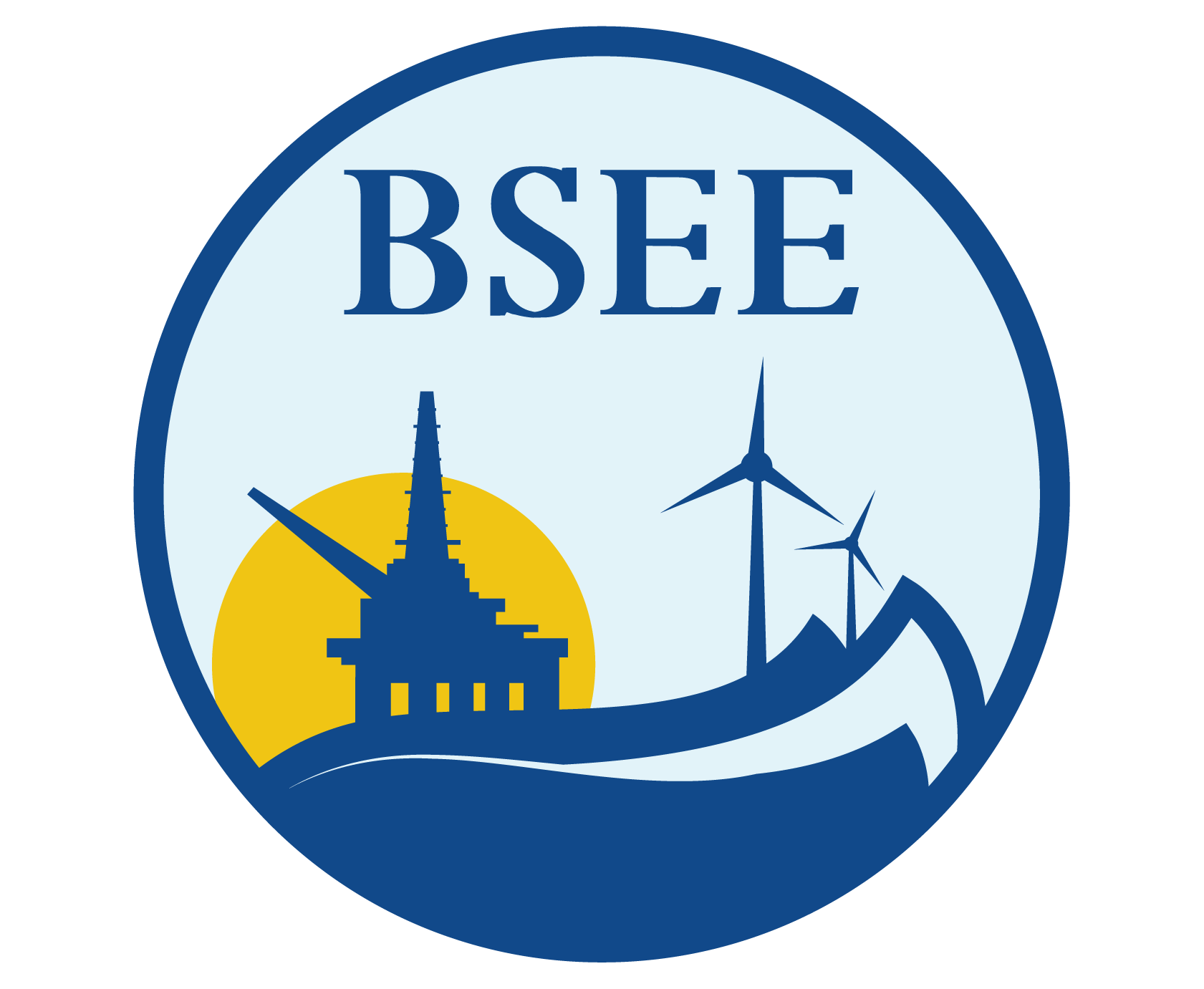SPAR Development Model Test Program
This is a Joint Industry Project (JIP). The purpose of this project was to verify engineering designs for deep water SPAR drilling, production and storage systems. SPAR is a large, stable, deep draft, cylindrical floating caisson designed to support drilling and production operations. The SPAR can store produced oil if needed. Wave tank testing was done at as large a scale as possible to verify engineering design calculations for SPAR. Emphasis was placed on confirming the slowly varying second order responses which dominated the global surge and pitch motions of the SPAR.
